#boucq
Explore tagged Tumblr posts
Text

The Magician's Wife
by Jerome Charyn and François Boucq
Dover
60 notes
·
View notes
Text
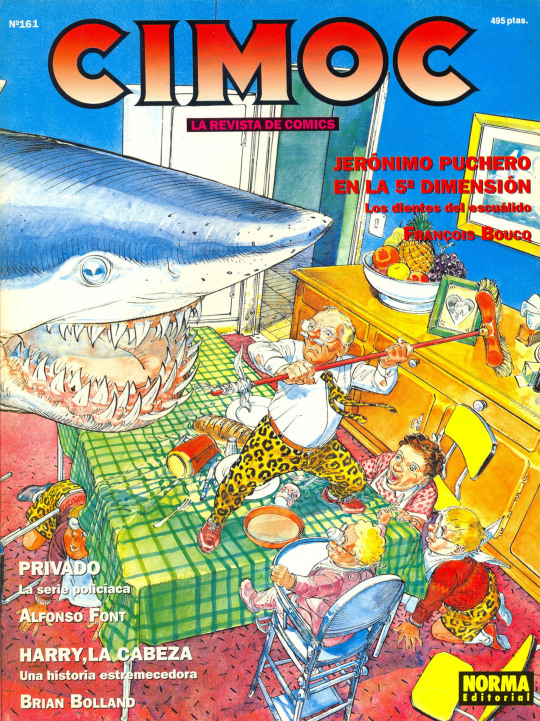
Cimoc #161 (November 1994) cover by François Boucq.
Reprinted in Comic Art #154 (September 1997).
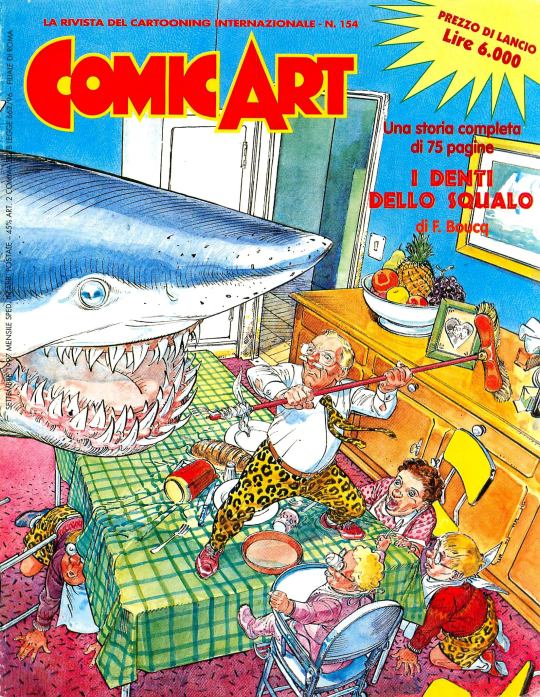
175 notes
·
View notes
Text







More François Boucq “Bouncer”
15 notes
·
View notes
Text

James IV of Scotland, attributed to Meynart Wewyck, 1507
Dutch artist Meynart Wewyck was a prominent portrait painter at the court of Henry VII, creating some of the few surviving contemporary images of the king and his family, which were subsequently used as the templates for centuries of posthumous portraits.

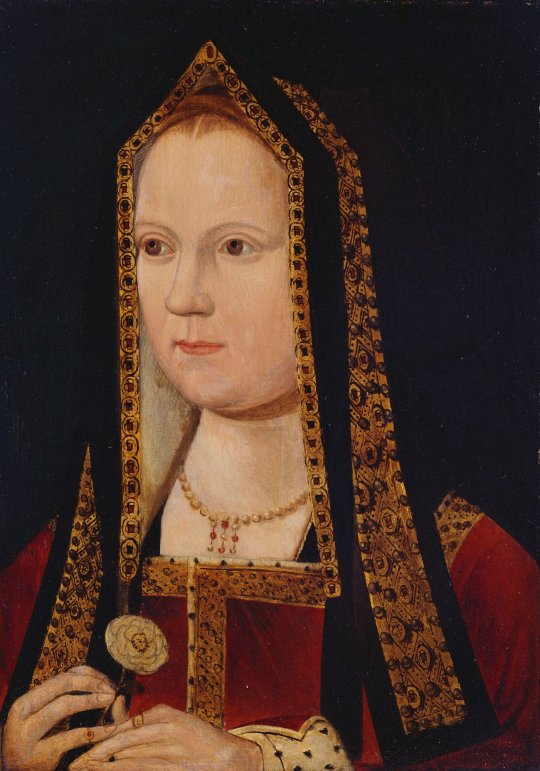

Wewyck's portraits of Henry VII, Elizabeth of York, and Henry VIII
In 1502, Wewyck was sent to the court of James IV in Scotland with four portraits of the Tudor family: the king and queen, Prince Henry (later Henry VIII), and Princess Margaret, who had been married by proxy to James a few months earlier. While these paintings have not survived, 16th-century archivist Jacques Le Boucq included several portraits from the Scots inventory in his Receuil d'Arras, a collection of sketched copies of portraits from around Europe; Wewyck's may have been among them.

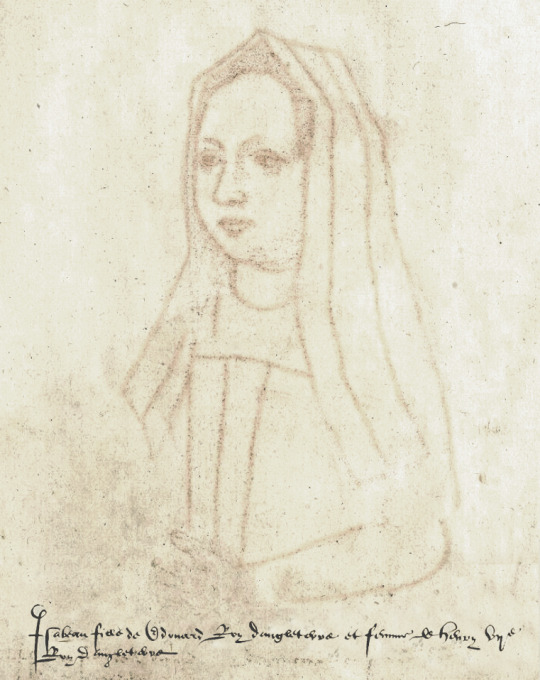
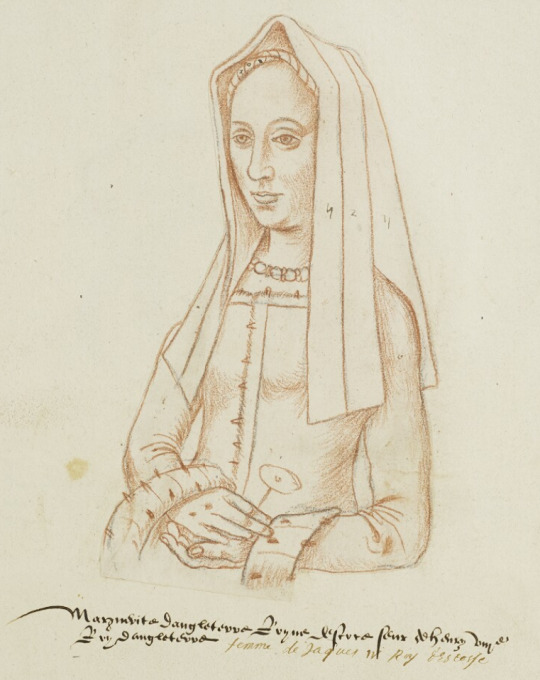
Le Boucq's sketches of portraits of Henry VII, Elizabeth of York*, and Margaret Tudor
*The Elizabeth of York sketch only survives as an imprint on the opposite page; I've approximated it based on the visible lines
Wewyck remained in Scotland for another year before returning to England in 1503, during which time he may have sketched James from life for this later portrait, or else leaving behind sketches to be completed by another artist.
An interesting detail about this portrait: at his wedding to Margaret, James was reported as wearing a gold chain with a ruby and an image of St. George, possibly the chain depicted here.
#never knew about this one#I mean it sure fits the mold of the other Wewycks#stewarts#the Elizabeth of York one looks like a copy of that same portrait#as do the Le Boucq sketches#portraiture#scotland#16th century
55 notes
·
View notes
Text

Zorro, Charlie Hebdo n°1681, 9 octobre 2024.
9 notes
·
View notes
Text

Bouncer panel by François Boucq
25 notes
·
View notes
Text

Cimoc Extra Color - One Shot (Norma Editorial) : CRG-Lux73 : Free Download, Borrow, and Streaming : Internet Archive
2 notes
·
View notes
Text

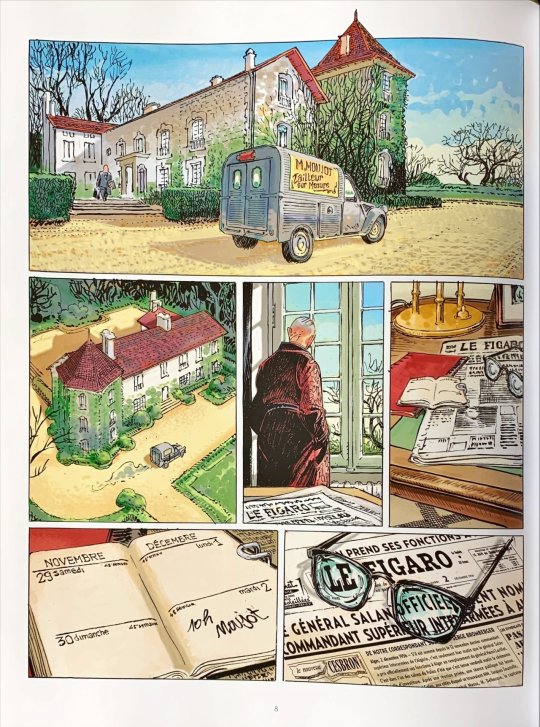


Un Général, des généraux de François Boucq et Nicolas Juncker
Un Général, des généraux nous plonge en mai 1958 lors du putsch d'Alger. Le dessin à la limite de la caricature de François Boucq rend les personnages parfois loufoques. Mais ne vous y trompez pas, le scenario de Nicolas Juncker est resté fidèle à l'histoire (même si c'est difficile à croire). Les compères, associés à Alexandre Boucq et Michel Brun pour l'encrage et les couleurs, nous tiennent en haleine du début jusqu'à la fin. Une BD à la fois drôle et profonde sur une page clef, mais souvent occultée de notre histoire. Découvrir
0 notes
Text
Preview: The Jodorowsky Library Book 6: Madwoman of the Sacred Heat • Twisted Tales • The Debt
The Jodorowsky Library Book 6: Madwoman of the Sacred Heat • Twisted Tales • The Debt preview. Hardcover BOOK 6 includes two of Jodorowsky's most philosophically daring collaborations #graphicnovel #comics #comicbooks

View On WordPress
#alejandro jodorowsky#francois boucq#graphic novel#graphic novels#humanoids#moebius#the jodorowsky library
1 note
·
View note
Text
Meynnart Wewyck’s workshop-part 6: Hidden in Recueil d'Arras
Sorry guys, I realised this months ago, and forgot to post it. In part 1, I mentioned the lost Scottish portraits by Wewyck, done c.1502-1503. They seem to have been lost, and we only have Receuil d’Arras(collection of drawings based upon actual portraits, done in c.1570) which shows us aproximately how they looked like.
We have drawing of James IV, Margaret Tudor, Henry VII and then very rubbed of Elizabeth of York.
But records from 1502 show one extra painting. Of future Henry VIII. It’d be probably THE oldest portrait of him! As child! But it is nowhere to be found. Or have we been looking at it this whole time?

And if you read further I’ll explain you why this drawing from Receuil D’Arras cannot be the Warbeck. 100%.
This is typical handwriting of Le Boucq, found all over the Receuil d’Arras:

And this is text labelling the drawing of Warbeck as him:

Absolutely no way this is the same hand, and I’d wager not even same century. It’s too readable for modern viewer.
Le Boucq didn’t know who it was. He never made any label for drawing. And let me remind you Le Boucq made the drawing about 70 years after Warbeck died. Cca 1570.
How could anybody even later than that recognize it as Warbeck? Based upon what?! It’s impossible!
It was an unknown male whose portrait was part of Scottish royal collection(that is clear because of drawings surounding it. First 21 drawings in Receuil d’Arras were from(in) Scotland, even though not all sitters of those paintings were. Lots of french and english royalty etc. Royalty often sent each other portraits. Long story short, lots of evidence to suggest it truly was Scottish section.)
And based upon it, somebody GUESSED that it is Warbeck!
It’s supposedly the only depiction of him we have surviving!
And it is not him! 100%.
The jewelry, the posture, it fits with Wewyck’s work and Tudor males so well!
Yes, the features are nicer-because kids tend to have softer features and Le Boucq’s drawings also add the softness(such was his style). It fits perfectly with Wewyck’s work. Just look through previous posts.
Also, how would Warbeck’s portrait survive in Scottish royal collection throughout many years Margaret Tudor was the Queen? She’d be certainly outraged at such display. It’s not make sense for her husband to keep the painting of now dead man of whom he had no use.
Like for Tudors it made sense to portray Richard III with broken sword-because that shows him as warrior who was defeated, thus more glory to Tudors for defeating him.(read my post Mistaken identity, if you don’t get why I assume rest of Richard’s portraits are not him.) But same doesn’t apply to Scottish royalty and Warbeck.
In Receuil d’Arras ‘Warbeck’s’ drawing is not even that far from rest of Wewyck’s work.
It’s Henry VII, then Elizabeth of York, then two drawings of Elizabeth I (from late 1550s it seems), then James IV, Margaret Tudor, then Bernard Stewart, 4th Lord of Aubigny; then drawing of Egyptian woman who once healed Scottish King, James II of Scotland and then supposed drawing of Warbeck.
Henry VIII was just 3 drawings away from his sister, the entire time!
Meaning that probably in c.1570, all those paintings were in same chamber or set of chambers when Le Boucq drawn them. They were not separated, even though by that point nobody could remember who the boy in the painting was.
(Probably because those 4 paintings by Wewyck were in same style. So people knew they belonged together. Just no longer who was in one of them.)
That it is boy might also explain why he is much bigger in current drawing than rest of his family. (or at least Le Boucq makes it seems so.)Some painters struggled with proportions of children, adn then sometimes made them ridiculously smaller or much bigger.Even though Margaret would be in her early teens when she got painted, she’d be still couple of years older than her younger brother, thus her features closer to adults.
(That was main information. If you’re interested into me rambling bit more about the other Scottish paintings by Wewyck you can read further. But to be honest i covered lots of it in part 1. If not I hope you’ve enjoyed this.)
Speaking of Margaret I’d like to clerify something. Records suggest she was painted by Wewyck twice. Once as English Princess, and 2nd time already as Quen of Scotland. Idk which one is in Receuil d’Arras.
1)Drawing of Margaret Tudor, Queen of Scotland, based upon portrait from c.1502-3:
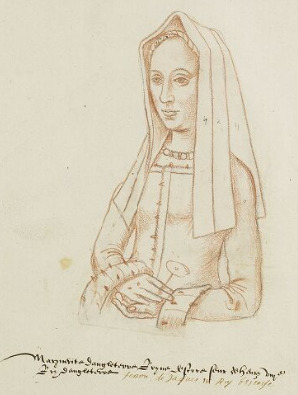
But I belive we have idea how 2nd portrait looked. Family trees of James I show Margaret in en face with gable hood:

It’s also in several engravings. Each of them is of not great quality.
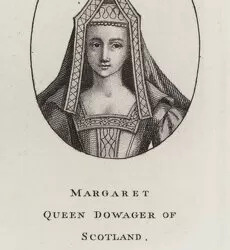
The lenght of frontlets and pitch of gable hood suggest it is early 1500s(max.1505), thus likely based upon Wewyck’s work.
I also wanted to point another thing about these scottish-based portraits. They are unique. While there are other depictions where they hold golden orb/apple? and similiar outfit, together all those details don’t fit any other different versions of their portraits surviving, probably because the copies made during Henry VIII’s reign were made based upon portraits located in England.
Thus Scotish located paintings never had copies of them made. So when alongside many other Scottish portraits they got destroyed, Receuil D’Arras became sole source where we can see them. (As far as we know.)
2)Drawing of Henry VII holding an apple/orb:

(Yep it is once again the same brooch-or perhaps there were 2 of same design but different sizes. But same style brooch.)
While even on Henry VII’s drawing some details of the sleeves rubbed off, note the shape of the oufit around his neck. It is round, and the curve goes downward.
And Henry VIII’s paintings go also downward.
But majority of Henry VII’s paintings, have it other way around. They are pointed upward. And it got me thinking-i don’t much about Tudor male fashion in general. So i don’t know their chronological order. However, around 1480 the neckline of english ladies was curve pointing downward(York sisters stained glass), but then through 1490s we saw W-shaped neckline pointing upward, which then slowly returned to almost straight line with slight raise by c.1500 and eventually to completely straight, only to be curved upward much later towards end of Henry VIII’s reign.
I don’t believe they’d send to Scotland painting predating Henry VII’s reign. It’s 1502 painting. No doubt about it.But neckline of men evolved in same way as ladies’ fashion, then big portrion of Henry VII’s paintings would not be from 1500s, but from 1490s, and I don’t mean just late 1490s. Thus potentially Wewyck worked for English royals for much longer than we assumed.
But I don’t have yet enough to establish firmly chronology of dress and headwear prior to 1500. Sadly my only solid source from that time are tomb brasses and dating of those is very difficult and requires lots of time.
3)Sadly Elizabeth’s sketch is no more there. Sketches are all in pencil and hers sadly got worn out. Only imprint of the original drawing left on the opposite page still survives, but it is really light imprint.@english-history-trip enhanced it a bit(far better than attempt I made and then discarded), but in order to know what that painting looked like, we have to flip it back:

It’s not perfect match with neither of the 5 paintings of her I showed you prior, Currently closest it comes to this:

But why if it is based upon original by Wewyck-from life, why is her neck short?
(In other cases it was in posthumous paintinsg or altered.)
This time there are other possible explanations alterations to the original, le Boucq not gettig proportions right(possibly further shifted by this being based upon imprint) etc. But imo none of those is correct. Imo it’s not alteration. It’s actually there, but isn’t what we think it is(neck crease). Imo it’s edge of necklace.
I had looked at original drawing in Receuil d’Arras, and in Photopea I played with setting to see, if i could find filter or something which would give us better idea of what the drawing looked like. I used both inprint and what is left from original drawing. That is how i discovered that just as Henry she held an orb.
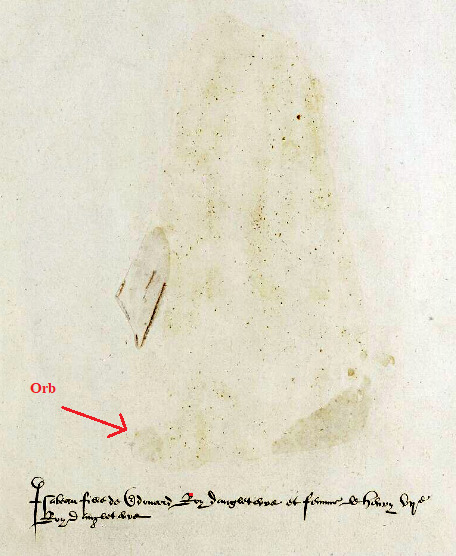
It just stayed on the original page and not on the imprint.
But to get to that necklace, I need to use much stronge filter. Idk what it is called with english, but it turns the drawing into these dots and as you shift the setting, it goes from very dark lines to very light ones-revealing some which you’d never see with naked eye. But it also has downsides. it will hide some lines you’ve seen before and eventually the filter will start to reveal weird lines which are texture of the paper, not related to drawing itself.

Main issue is that some parts are already distorted(because they were visible/more dark before), while some are not, and it is hard to catch the right setting for the era you’re interested in.

However you need to rely on your knowledge of tudor outfit, to connect the dots-literally and to know which dots to not remove.
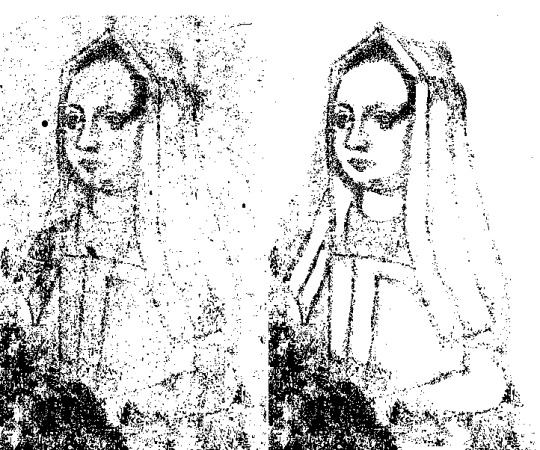
In this setting hands are not visible, but it is focused exactly on the area of clevage. Thus, while rest needs bit of clearing, that area should be fairly accurate. Now I could be wrong, but that looks like necklace to me.
And you can see it on imprint, in HD, if you focus on it. If you search for it. It’s very very light. But it seems to be there.
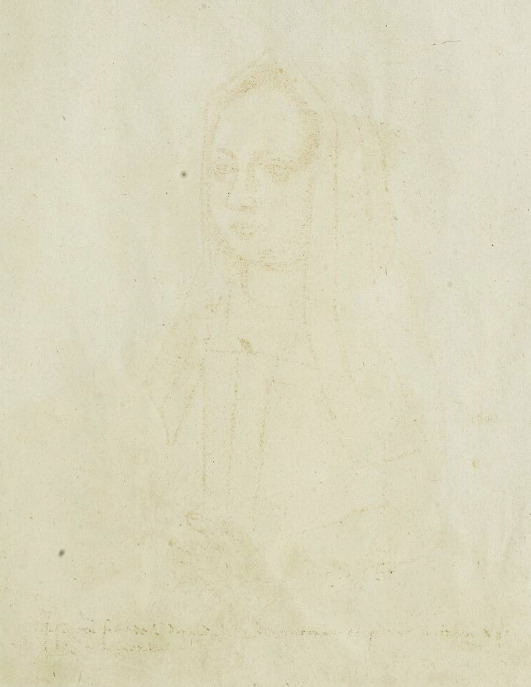
Tiny bit of pattern, just under the ‘neck crease) which forms shape of triangles I’d say. It’s not likely to be any of the pearl necklace of triangles we seen in late reign of Henry VIII and later. But some late 15th/early 16th century necklaces had similiar form. One is in Receuil d’Arass itself-on Eleanor of Austria as child:
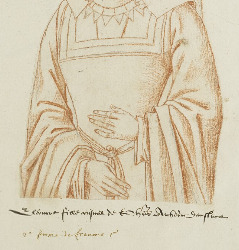
Royalty in those days often had same jewel makers. Just few provided the jewelry of quality royals wanted(that is why often you see same or similiar jewelry across Europe, on members of several different dynasties and it isn’t just them sending each other gifts.) Also fashion and jewelery back then was not solely unique to the country, they influened each other, and some trends took on in several countries or had pararels in them. (Like french hood’s frill and english gable hood’s paste in early 16th century- they moved up and down around same time.)
Thus Elizabeth’s necklace might have looked similiar to Eleanor’s. Idk exact shape, but it seems to me like top same, then much larger triangles. ANd sometimes it seems like two rows of triangles. Idk.
Unfortunately all my attempts looked horrible. You can try it yourself. I give up.

With hadns also. Can’t make the shape out conclusively. And i can’t make the shape out. But it sort of reminds me of necklace of triangles(which obviously was made much later) or some paintings at turn of 15th and 16th century. Nevertheless this is very underated depiction of her.
(I did look into drawing Henry VII also with these filters-because his is also partially rubbed off. He wears his usual clothes he has in many other portraits. There is nothing new for you to learn there.)
I hope you’ve enjoyed this.
8 notes
·
View notes
Text
Castello di Rivoli: Titolo Primo, Ho sognato, Clara e altre storie - Rossella Biscotti
ROSSELLA BISCOTTIPrincess of Kasiruta (Principessa di Kasiruta), 2019due fogli di gomma naturale/two natural rubber sheets, 230 x 105, 210 x 100 cmAnnalies, 2019due fogli di gomma naturale/two natural rubber sheets, 200 x 100 cm ciascuno/eachSurati, 2019due fogli di gomma naturale/two natural rubber sheets, 240 x 105, 210 x 100 cmSanikem—Nyai Ontosoroh—Madame Le Boucq, 2019fogli di gomma…

View On WordPress
0 notes
Text

François Boucq,
20 notes
·
View notes
Text

Cimoc #51 (May 1985) cover by François Boucq.
7 notes
·
View notes
Text
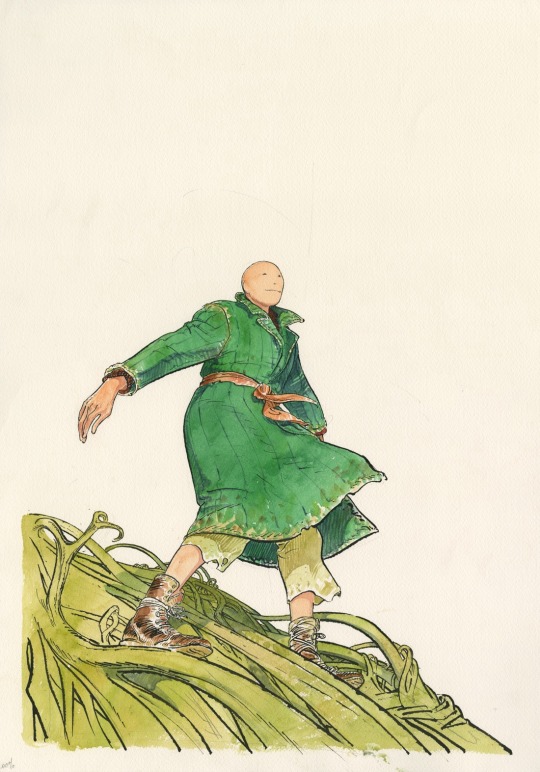

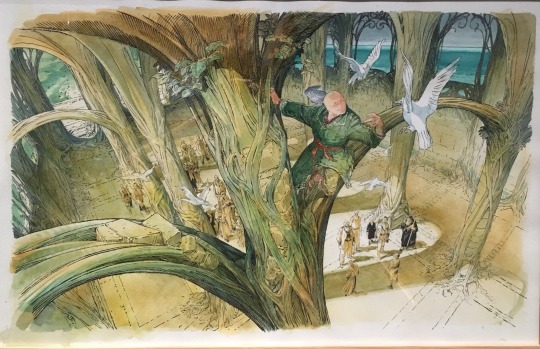
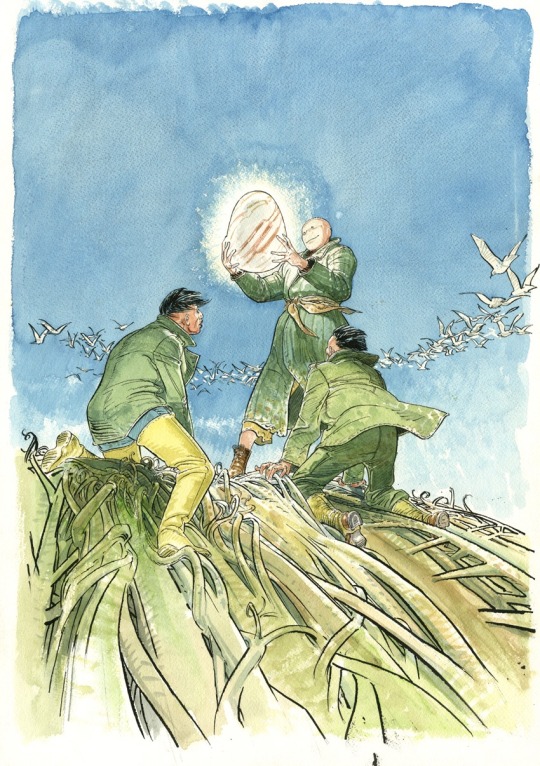

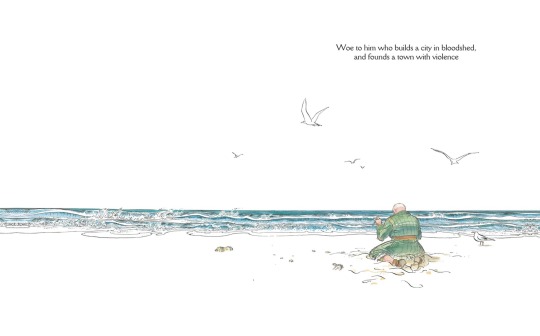

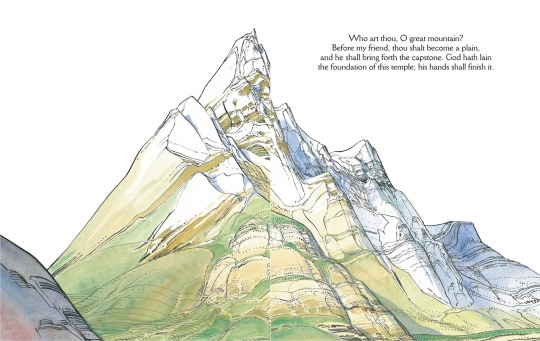


François Boucq “Face de Lune”
6 notes
·
View notes
Text
Mural in honor of Albert Uderzo (4 photos)
Photo by Murs_Mures Muralist SLMOON Art&Décoration Painted by SLMOON Art&Décoration and designed by François Boucq in Angoulême, France. Comments: … Mural in honor of Albert Uderzo (4 photos)Mural in honor of Albert Uderzo (4 photos)
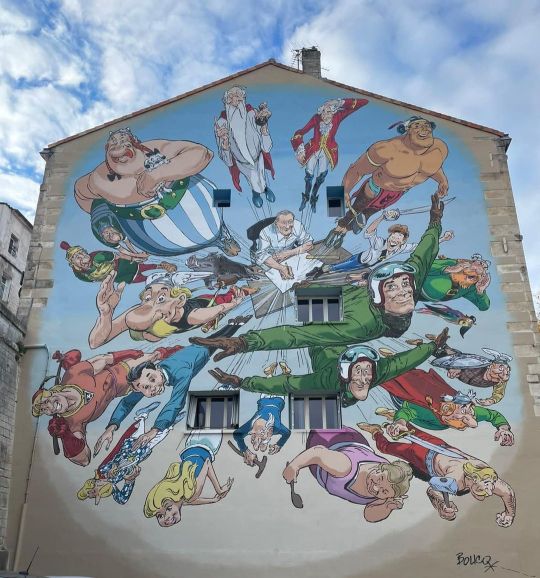
View On WordPress
0 notes
Text

François Boucq, Charlie Hebdo n° 1687, 20 novembre 2024.
2 notes
·
View notes